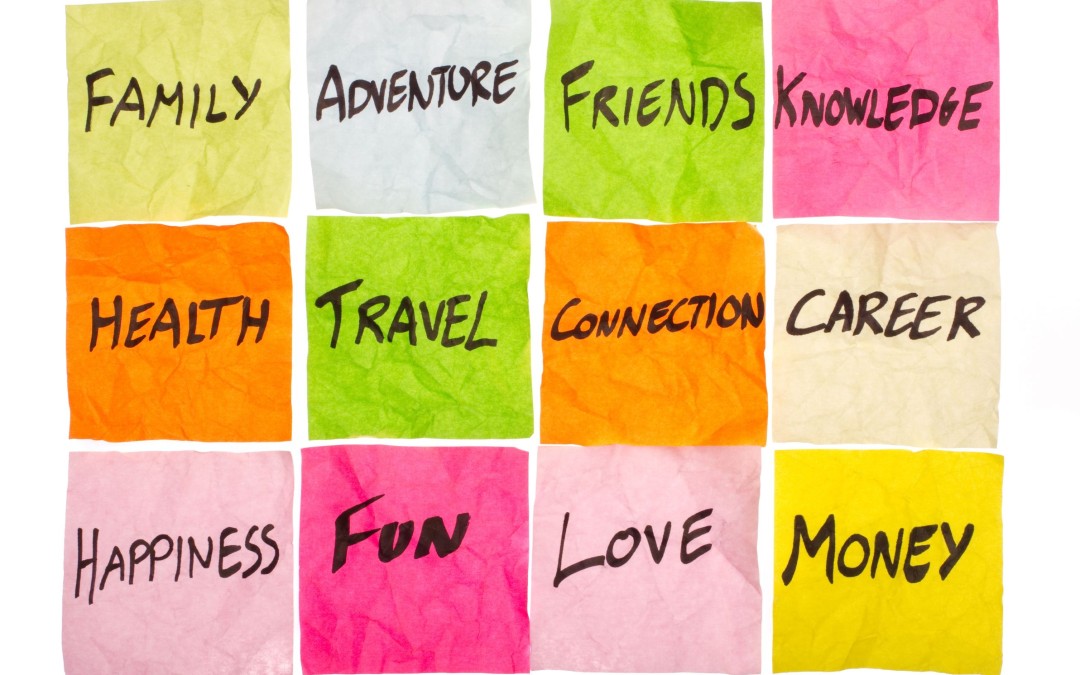Decisions, decisions. Always more decisions. We are pulled in so many directions.
Living on purpose involves making decisions between and within various aspects of our lives. Frequently referred to as “domains,” our lives consist of distinct, yet interconnected territories. If it ever feels like achieving purposeful balance is a challenge, it is no wonder: one meta study of the literature identifies more than 170 unique life domains. Seriously.
The idea of achieving balance in various domains of life is not new. Aristotle had something to say about it in his work entitled the “Nicomachean Ethics and Politics” where he indicated that a life well lived is marked by balance, harmony, and proportion. What was true in 350 B.C. remains true today.
In recent decades, the focus on domains has been simplified to work and life, with the term “work-life balance” popping up in UK literature in the 1970’s and becoming popularized in the United States by the mid 1980’s.
But really, who needs 170 unique life domains? It’s not a workable number. At the other extreme, our lives are not just work and a slush fund of everything else. In our experience, using four domains: health, finance, relationships, and career, provides a framework that is both manageable and complete.
Judging by the musings of Aristotle, it seems that the human condition of being pulled in many directions has been consistent across history. Yet we’ve undergone significant changes that profoundly affect how we experience our life domains.
Health: In so much of the developed world, food is not only readily available, it’s likely to have been engineered to hit our “bliss point” where we keep eating well beyond either dietary need or satisfaction. At the same time, we are more sedentary, so we find ourselves eating more and moving less. Both contribute to poor sleep quality which is further endangered by “screen time”, a relatively new phenomenon where we spend more and more time in front of computers, televisions, and personal electronic devices. Without attention and effort, it is easy to fall into a downward spiral where we are over-eating, not moving enough, and sleeping poorly. And whatever the starting point, struggle in one area of the eat-move-sleep triumvirate rapidly pulls in the other two. It’s a vicious cycle.
Finance: There is a lot more “stuff” to buy. Ease of access (online shopping, anyone?) combined with easy credit can become a recipe for mindless purchases. With nearly non-stop messaging about what others have, from pop-up ads to Facebook posts, it is very easy to trigger “don’t have enough” and “not good enough” thinking that we try to soothe with additional purchases. “Keeping up with the Joneses” can quickly wreak havoc on our financial goals.
Work: We’ve gone from the industrial age to a global economy rapidly transformed by the micro-chip. Careers, the companies we work for, and the relationships within them, look very different than they did just 20 years ago. Mobile devices with 24/7 connectivity have blurred the lines between work and other areas of our lives, exacerbated by the sense that since we can be connected, we should be instantly responsive. We are rarely “off work” now.
Relationships, too, have become defined by greater mobility and virtual interactions, with more time spent physically disconnected from others. Many jobs are performed from home or by colleagues located around the world. This lack of physical interaction can limit the information we process (think of misunderstandings you’ve experienced in tone or intention in an email) and is resulting in higher reported rates of loneliness and depression.
With this as backdrop, it’s no wonder that from time-to-time we find ourselves operating on auto pilot, out of balance, or just plain stuck.
How to get unstuck?
Here is a way to start: Take a piece of paper and draw a square with four quadrants. Label the quadrants: health, finance, relationships, and career. In each area, ask yourself:
- If anything were possible, what would I most like to achieve in this area of my like? Summarize your answer in a sentence or two. Don’t overthink this. Often our first response is our best. Once you’ve done that, ask:
- If I were to take just one action that would move me closer to my goal, what single action would I take?
You can move from quadrant to quadrant or complete them one at a time. Keep your planned actions to just a few. This simple one page summary can be remarkably powerful as a compass to navigate your priorities, and elevate the most important above the noise of daily demands.
It’s helpful to set goals that have a bit of stretch but are achievable. For example, If losing weight is a goal, try setting a goal of taking 10,000 steps a day. Gradually increase your steps toward that goal in 1,000 daily step increments. Or make one adjustment to your diet, say incorporating a vegetable in your lunch. It’s amazing how a few small actions can trigger a positive flywheel effect of more action.
As you journey through the coming weeks, use your plan to chart progress, celebrate successes, and re-focus and re-prioritize when needed. Interestingly, you’ll likely find that progress in one area fuels progress in other areas.
Life domains are complex and yet quite simple; independent and yet interconnected. Small incremental progress adds up to big results; success begets success.
We don’t need to accept defeat and there is no reason to go through life on autopilot. Being intentional in the four main realms of life, being mindful in our choices, and taking small actions go a long way to living on purpose.

